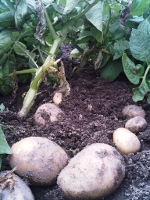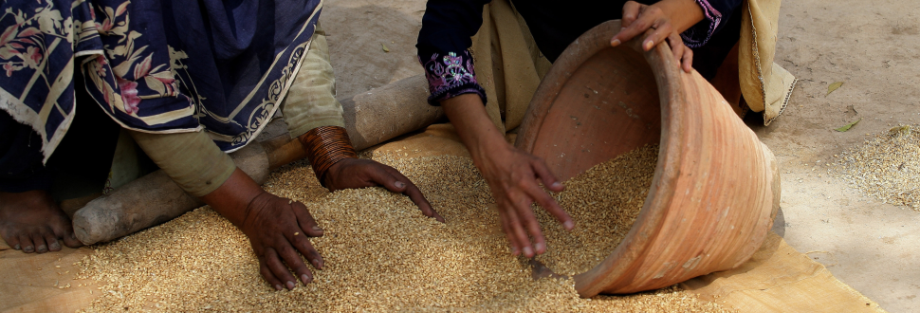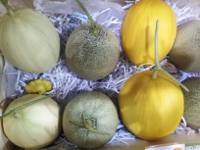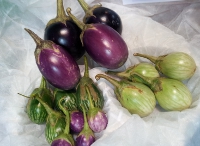The implementation of the Articles 5 and 6 of the Treaty

Crop diversity is one of the most fundamental resources on earth, on which the food security, nutrition and well-being of people depend. In recognition of the threats posed by global changes, the world community has taken measures with the aim to ensure crop genetic diversity is properly conserved and used sustainably
Implementation of Articles 5 and 6 is a standing priority item on the agenda of the Governing Body of the International Treaty, with the aim of promoting an integrated approach to the conservation and sustainable use of plant genetic resources for food and agriculture (PGRFA) among Contracting Parties.
Articles 5 and 6 of the International Treaty provide guidance to countries regarding measures and activities to be undertaken to promote the conservation and sustainable use of PGRFA. An important component of Article 5 – Conservation, Exploration, Collection, Characterization, Evaluation and Documentation of PGRFA – is the characterization and evaluation of crops and their potentially useful traits that would be needed for the development of new crop varieties. Article 5 also highlights the importance of adopting a complementary approach between in situ and ex situ conservation. Article 6 – Sustainable Use of Plant Genetic Resources – particularly focuses on the importance of maintaining diverse farming systems and on implementing participatory approaches to plant breeding. It also promotes on-farm management of crop diversity, in order to reduce genetic erosion and increase food production in a sustainable manner. This article proposes a series of measures to promote the sustainable use of PGRFA and calls on Contracting Parties to develop and maintain appropriate policy and legal measures to that end.




